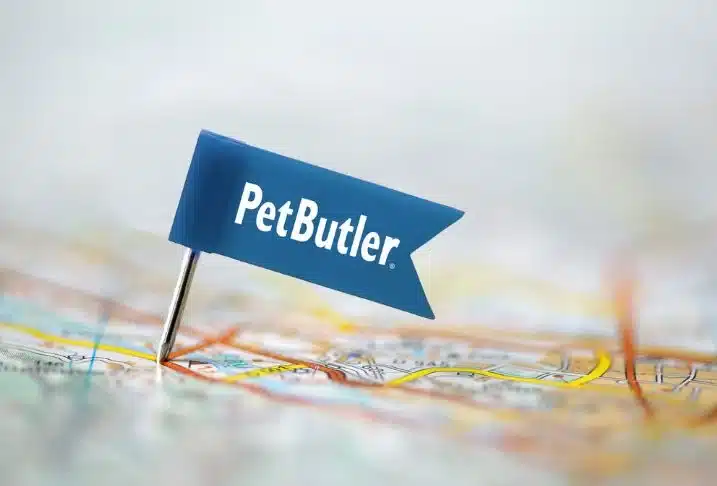Portion control and regulation: it’s something we Americans sorely lack and not only do our children pay the price, but our pets do as well. While it may be difficult for humans to ignore the barrage of commercials and Happy Meal temptations, we have a clear and simple obligation to fulfill when it comes to feeding our dogs.
Since they solely depend on us feed them, we need to quiet the tiny voice that tells us food=love and make sure we’re feeding our dogs the right amount of food. Wondering how much should to feed your dog or how much is “too much”? We have some tips to help make sure your dog eats the right amount of food!
How Much Should My Dog Eat?
Breeds vary, activity levels fluctuate, stages of life such as puppyhood or gestation demand more calories, and health complications such as diabetes affect ideal type of food and caloric intake for your pet.
One commonality when it comes to healthy amount of dog food and nutrition and feed is that we all want our pets to achieve their ideal body condition, whatever other variables exist.
A good place to start in determining your pet’s healthy size is to reference the Purina Scoring Chart. Whether your dog is a Basset or a Malamute, participates in agility or is a couch potato, some basic rules to assess body condition include: ability to feel your pet’s ribs but not see them, observing some semblance of an hourglass “waist” when viewed from above, and noting the chest is deeper and lower to the ground then the abdomen. Your pet should be a 4-5 out of a 9-point scale.
Measuring Dog Food
Once you’ve established where your pet falls on the chart, assess whether the goal is weight loss and what percent, gain, or maintenance. Each point on the chart is the equivalent to a 10% change in body mass.
Start with a measuring cup, and by cup, I mean the same cup you would use to measure flour if you were baking. Not a Big Gulp cup, not an espresso cup. A cup or container that holds 8 ounces of liquid or dry material.
Because grams are a measure of weight, a cup of lettuce will not weigh the same as a cup of brown sugar, and the same concept can be applied to the variety of pet foods on the market. Likewise, every cup of food does not contain the same number of calories, which is critical in determining how much to feed you pet.
So, check your dog food label. Kcal/cup of food should be clearly marked or at the very least, an 800# to call to get that information must be visible. If it isn’t, what are you feeding?
Talk to your family. Everyone needs to be on board when it comes to portion control and getting your dog to its ideal weight.
Based on current body condition, the caloric content in the food you are feeding (and treats, which do count as additional calories and should make up no more than 10% of the overall caloric intake so factor them in), life stag, activity level, and goal, you can determine with your veterinarian just how much food to feed your dog or how many calories your pet needs in a day. Puppies grow, and their calorie needs and thus quantity fed will adjust over time.
Do the Math
A little math is needed next. Convert your pet’s daily caloric needs to the number of cups they must be fed each day. For example: a cup of the diet you feed contains 300 kcals. Your pet needs 600 kcals a day. 600kcal/300kcal/cup= your pet should consume 2 cups of that food for the day. Use your measuring cup and put the dog’s daily meal and treats into a bag (s).
Now feed from this bag for the next 24 hours. Most animals thrive when fed smaller portions in 2-3 servings per day, so you can divide the bag’s contents into meals that will be satisfying but not indulgent. Small breeds and puppies may need to be fed more frequently to maintain blood sugar levels. Some dogs can be free-fed as long as they snack throughout the day and don’t gorge themselves in one sitting.
There a few tools I’ve used to help extend my dog’s feeding time, making it into an enriching game and allowing them to feel satiated. Toys like the Omega paw tricky treat ball, the Kong wobbler dog toy, or other treat dispensing puzzles can provide hours of amusement, mental stimulation, and aid in dispensing appropriate dog food portions.
Remember, exercise helps maintain a healthy weight too! Enjoy the last few weeks of fall.

